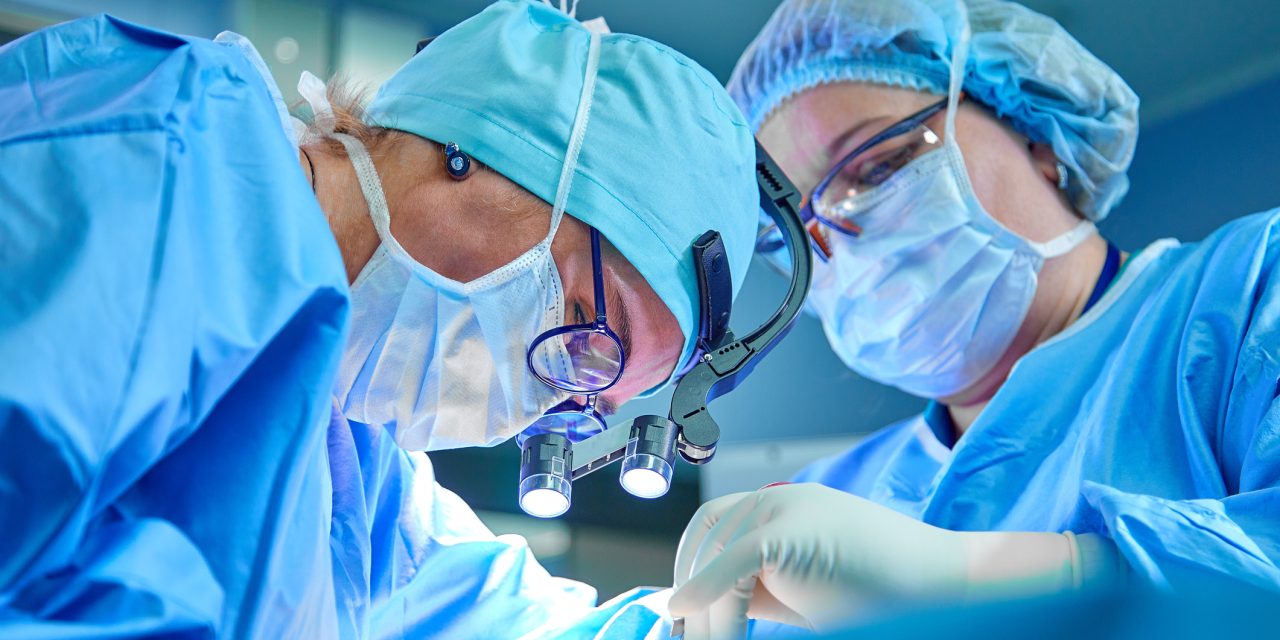To identify specific areas for improvement in cleft lip repair teaching.
Secondary analysis of prospectively-collected, blinded data.
Three residency programs rotating at a single academic children’s hospital.
Plastic surgery residents, and craniofacial/pediatric plastic surgery fellows.
Mean scores for each skill in an 18-item Unilateral Cleft Lip Repair competency assessment tool (UCLR) (1-3 scale for each item) were rank ordered. Correlation between level of training (PGY) and performance on steps of the procedure was examined using Pearson R.
Simulation participants (n = 26) scored highest on skills in the “Marking” subscale (2.38-2.63 mean score). Procedural steps that scored lowest were: closing the nasal floor (2.00), repairing oral mucosa (2.15) and avoiding over/under-dissection (2.19). Interestingly, none of these skills correlated with PGY, suggesting they do not improve with training.
These results suggest that marking cleft lip repair is taught well in our current teaching environment, while steps like closing the nasal floor and repairing the oral mucosa are taught less well. Improved teaching of these steps could be achieved with deliberate instruction, video, digital simulation, and high fidelity simulation.
Teaching Unilateral Cleft lip Repair: Lessons from Simulation-Based Mining of Trainee Strengths and Performance Gaps.


